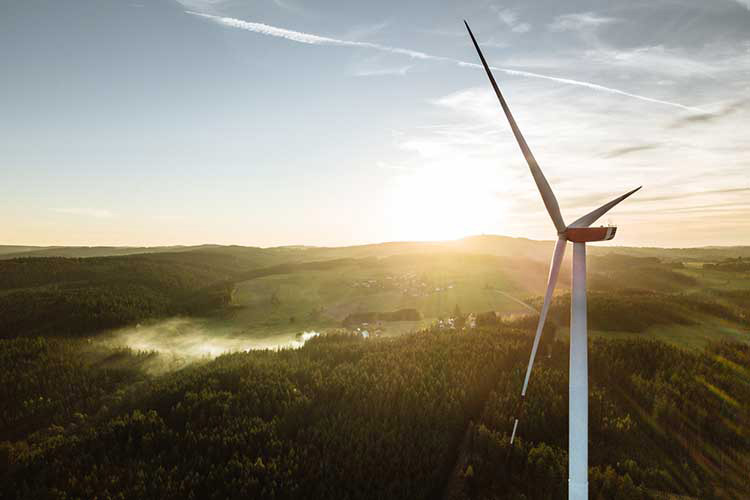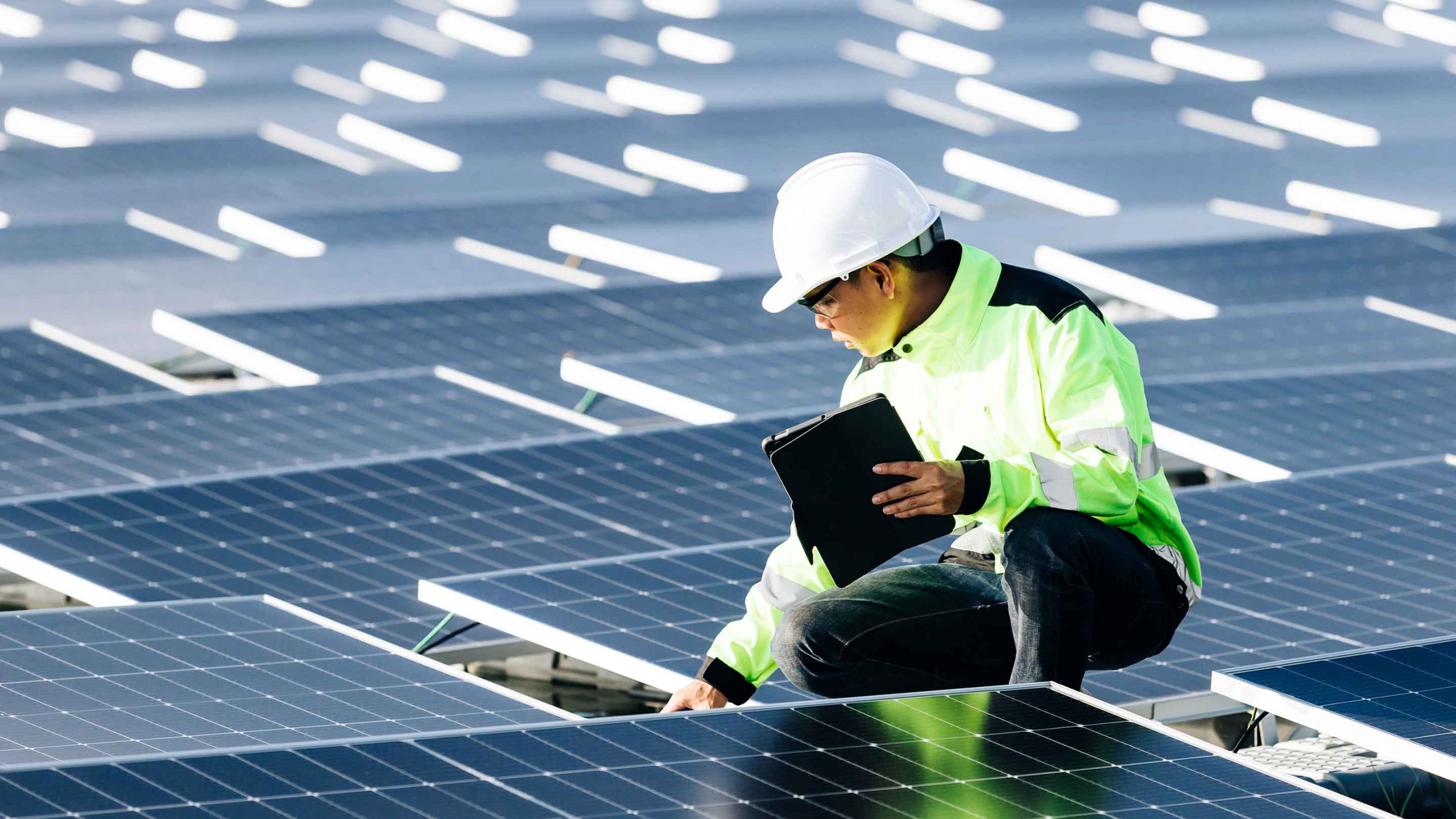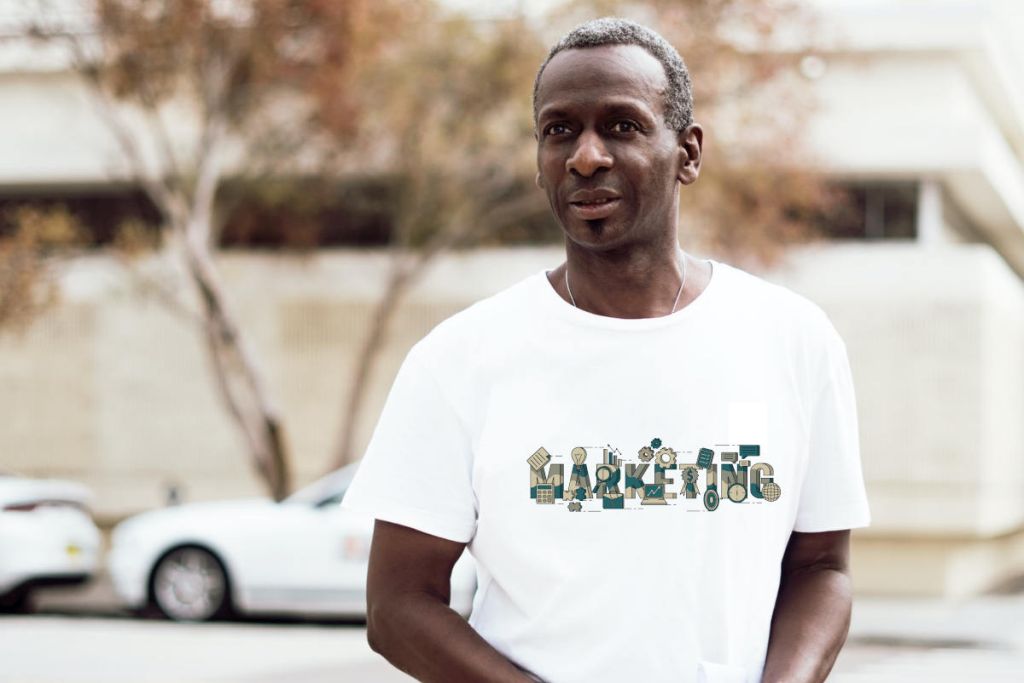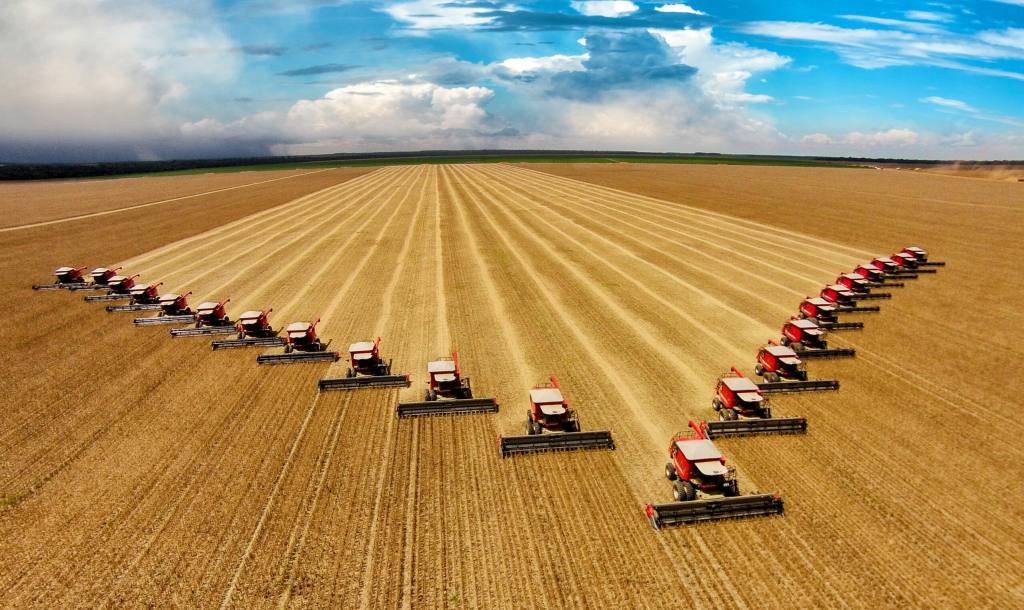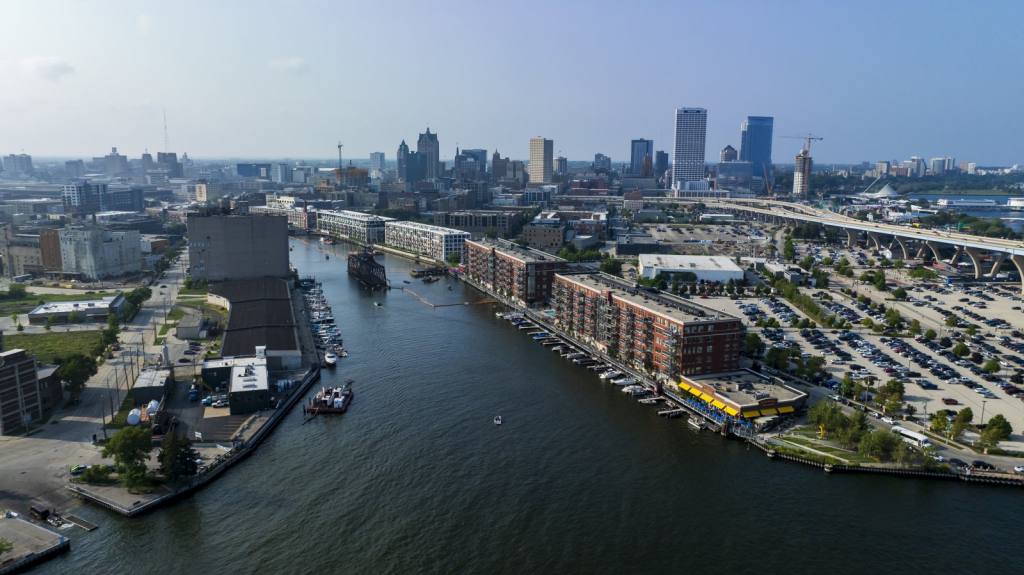Mobility in Milwaukee The Need for a Multimodal Transportation
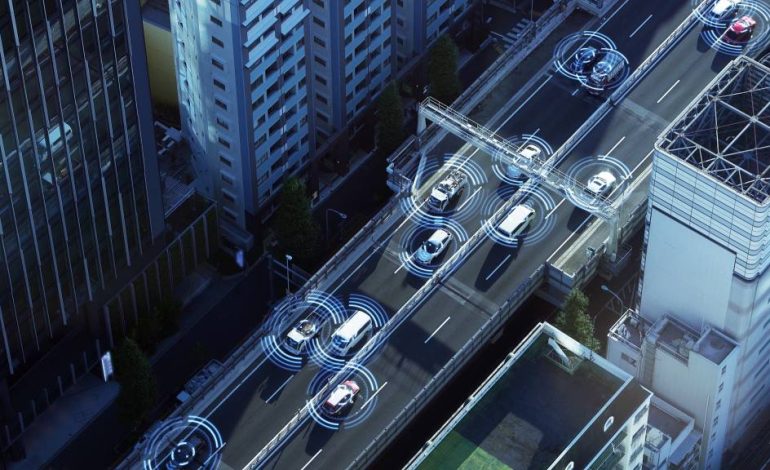
Milwaukee is a city with a rich industrial history, but like many urban areas, it faces challenges when it comes to modern mobility. The city’s transportation system, while functional, has become increasingly outdated in the face of growing demands for sustainability, efficiency, and accessibility. The need for a multimodal transportation future is becoming more urgent as the city grows and diversifies. To keep up with these changes, Milwaukee must rethink its approach to transportation by embracing a multimodal system that incorporates public transit, cycling, walking, and ride-sharing.
Expanding Public Transit for All
Public transit is the backbone of any multimodal transportation system, and Milwaukee’s current offerings are in need of expansion and modernization. The Milwaukee County Transit System (MCTS) provides vital services to thousands of residents, but it struggles with issues like limited routes, outdated buses, and infrequent service, especially in less densely populated areas. To address these issues, the city needs to invest in expanding bus routes, increasing the frequency of service, and incorporating more environmentally friendly vehicles.
An expanded public transit network would not only make the city more accessible for all residents, including those without personal vehicles, but it would also help reduce traffic congestion and lower carbon emissions. The introduction of bus rapid transit (BRT) lines, for example, could provide a faster and more reliable alternative to traditional bus routes, encouraging more people to use public transportation. Furthermore, integrating public transit with other forms of transportation, such as bike-sharing programs and pedestrian pathways, would create a seamless experience for users, making it easier and more convenient to navigate the city.
Enhancing Infrastructure for Cyclists and Pedestrians
Cycling and walking are essential components of a multimodal transportation system, offering affordable, healthy, and environmentally friendly alternatives to driving. Milwaukee has made strides in recent years to improve infrastructure for cyclists and pedestrians, but there is still much work to be done. The city needs to prioritize the development of safe and accessible bike lanes, pedestrian pathways, and crosswalks to encourage more people to choose these modes of transportation.
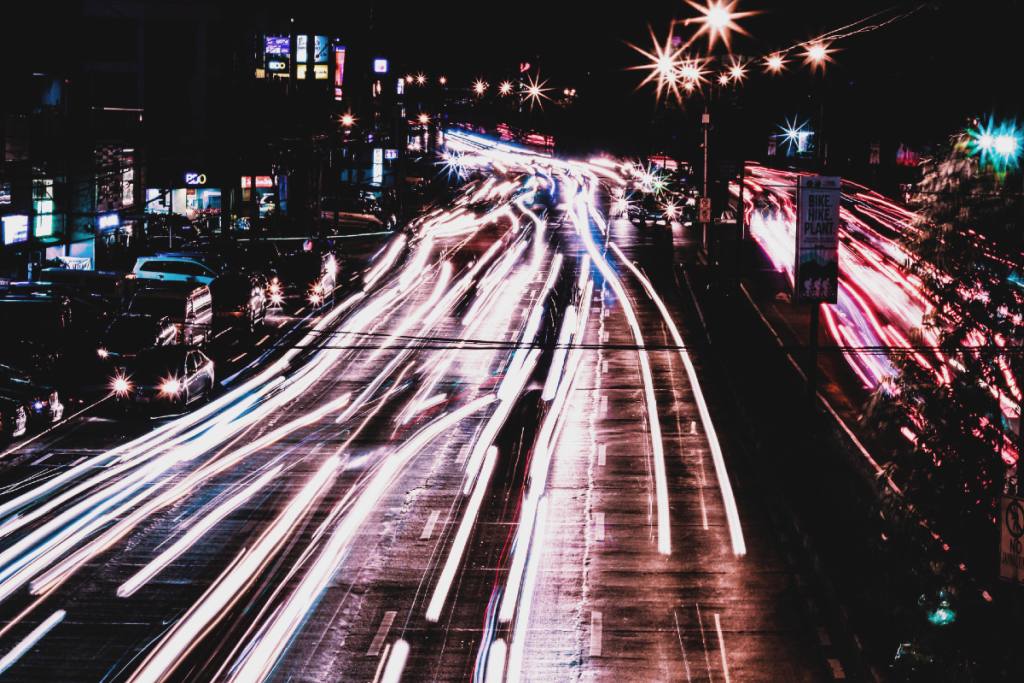
Investing in cycling infrastructure, such as protected bike lanes and bike-sharing stations, would not only promote a healthier lifestyle but also reduce traffic congestion and pollution. Additionally, making streets more pedestrian-friendly by improving sidewalks, increasing the number of pedestrian crossings, and implementing traffic-calming measures would create a safer environment for all. Encouraging walking and cycling as viable transportation options would help Milwaukee become a more livable city, where residents can easily access work, school, and recreational activities without relying on cars.
The Role of Ride-Sharing and Micro-Mobility
In recent years, ride-sharing services like Uber and Lyft, along with micro-mobility options like electric scooters and bike-sharing programs, have become increasingly popular in Milwaukee. These services offer flexible and convenient alternatives to traditional forms of transportation, particularly for short trips or when public transit is not readily available. However, the rise of these services has also presented new challenges, such as increased traffic congestion and concerns over safety and regulation.
To fully integrate ride-sharing and micro-mobility into Milwaukee’s transportation system, the city needs to develop clear policies and regulations that address these challenges while promoting their benefits. This includes creating designated pick-up and drop-off zones for ride-sharing vehicles, establishing safety standards for electric scooters, and ensuring that these services are accessible to all residents, including those in underserved communities. By effectively incorporating ride-sharing and micro-mobility into the broader transportation network, Milwaukee can offer residents and visitors more choices and greater flexibility in how they move around the city.
Building a Sustainable Future
Sustainability is a key consideration in any discussion of the future of transportation, and Milwaukee has the opportunity to lead the way in creating a greener, more sustainable city. A multimodal transportation system that prioritizes public transit, cycling, walking, and ride-sharing can significantly reduce the city’s carbon footprint, decrease reliance on fossil fuels, and improve air quality. Moreover, investing in sustainable transportation options can also have economic benefits, such as attracting new businesses and residents who are drawn to the city’s commitment to environmental stewardship.
To build a sustainable transportation future, Milwaukee must also focus on education and outreach. Informing residents about the benefits of multimodal transportation and encouraging them to adopt these practices is crucial for long-term success. Partnerships with local organizations, businesses, and educational institutions can help promote the use of sustainable transportation and foster a culture of sustainability throughout the city.
Conclusion
Milwaukee stands at a crossroads when it comes to its transportation future. The need for a multimodal transportation system that integrates public transit, cycling, walking, and ride-sharing has never been more pressing. By expanding and modernizing public transit, enhancing infrastructure for cyclists and pedestrians, incorporating ride-sharing and micro-mobility, and prioritizing sustainability, Milwaukee can create a more accessible, efficient, and environmentally friendly transportation network that meets the needs of all its residents. As the city moves forward, embracing a multimodal approach will be key to ensuring a vibrant and sustainable future for Milwaukee.

